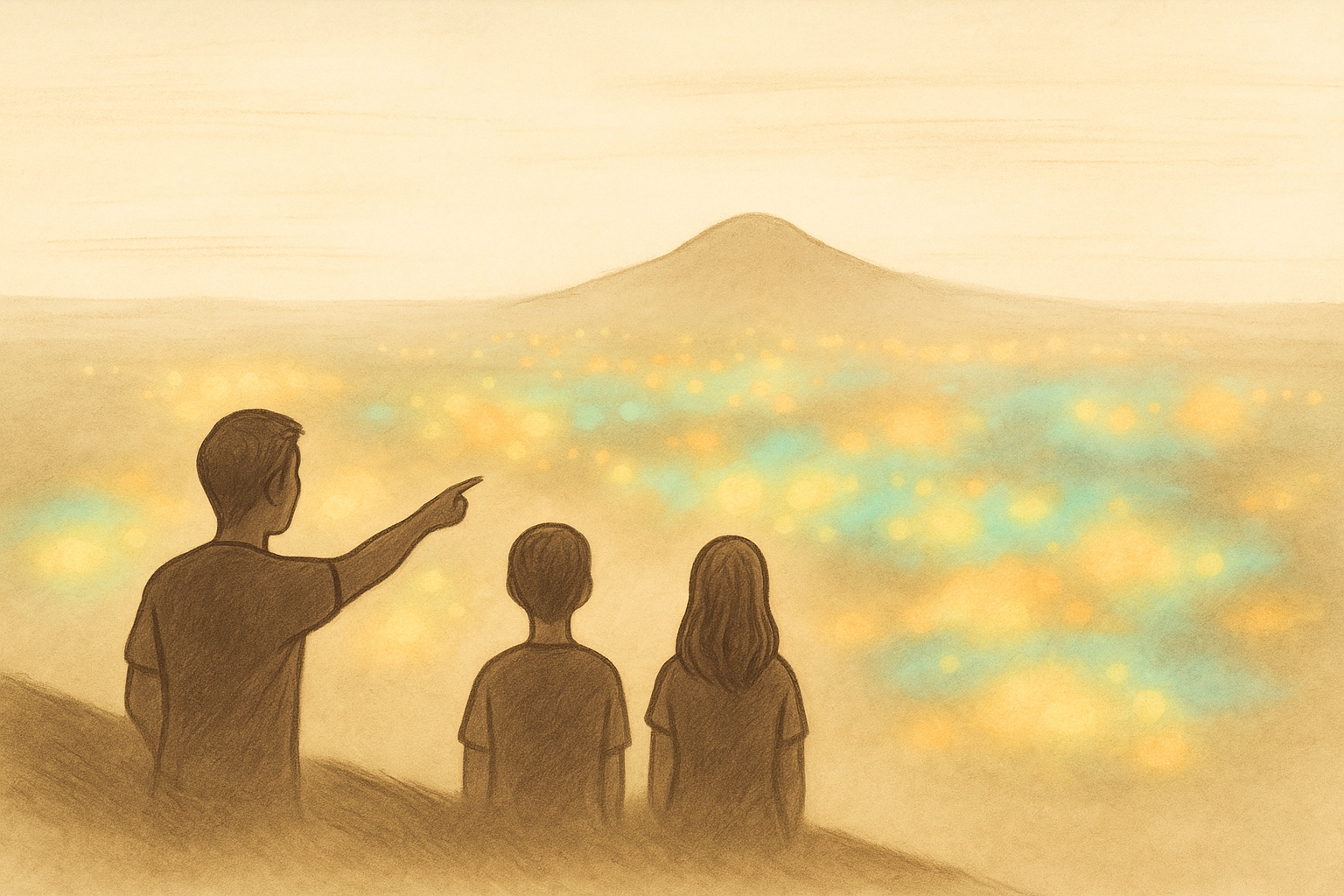Overview
Traditional maps often delineate our world with rigid lines and boundaries, yet these divisions seldom reflect the nuanced ways individuals experience and interact with their environments. The Platial Atlas project seeks to bridge this gap.
Discover how the Platial Atlas project proposes capturing and representing places as they are lived and perceived by communities, using the PlaceCrafter framework to move beyond conventional geographic boundaries.
Published
September 2, 2025
Author
J. Williams
Reading Time
~5 min read (911 words)
Keywords
Traditional maps often delineate our world with rigid lines and boundaries, yet these divisions seldom reflect the nuanced ways individuals experience and interact with their environments. The Platial Atlas project seeks to bridge this gap by capturing and representing places as they are lived and perceived by communities.

This isn’t just another mapping initiative. My Platial Atlas research programme represents a fundamental shift in geographic thinking—from treating places as coordinates to understanding them as lived experiences. By focusing on how people actually inhabit and give meaning to their surroundings, we’re creating a more human-centered approach to geographic knowledge.
Understanding Places Through Lived Experiences
The Platial Atlas emphasizes the importance of understanding places from the perspectives of those who inhabit them. Rather than imposing external classifications or administrative boundaries, the project documents and analyzes how people naturally organize and experience their environments. This approach reveals the invisible patterns of daily life that make places meaningful.
Consider the difference between knowing that a coffee shop is located at specific coordinates versus understanding it as “the place where the neighborhood gathers every morning to share news and build community.” The former is spatial information; the latter is platial understanding. The Platial Atlas focuses on capturing and mapping these deeper relationships between people and place.
We hope to examine how this methodology works across all scales - from rural villages to global megacities. Whether we’re mapping a neighborhood’s favorite gathering spots or understanding how entire regions function as cohesive units, the same principles of lived experience apply. The key is always starting with how people actually use and value their spaces.
The Place Atlas Framework
Central to the Platial Atlas is the design of a curated framework, a comprehensive six-step methodology designed to transform diverse place data into meaningful insights. This framework represents years of research into how computational methods can capture the qualitative, experiential aspects of place that traditional GIS systems miss.
Filter begins the process by harmonizing varied place data into meaningful categories such as community spaces, commerce, culture, nature, and heritage. Rather than using rigid classification systems, this step organizes information based on how people actually use and perceive different types of places.
Cluster utilizes context-aware algorithms to identify natural formations of places based on community use and significance. This reveals functional regions that may cross traditional boundaries—like a cultural district that extends beyond its official borders or a neighborhood that functions as a cohesive unit despite being split by administrative lines.
Validate assesses cluster quality using multiple metrics including Silhouette scores, Moran’s I, and Nearest Neighbour Index. This ensures that the identified patterns reflect genuine community relationships rather than statistical artifacts. The validation process is crucial for maintaining scientific rigor while capturing lived experience.
Enrich incorporates environmental and cultural layers, including landscapes, heritage, stories, and local knowledge. This step adds the contextual depth that transforms data points into meaningful place understanding. It’s where quantitative analysis meets qualitative insight.
Describe generates context-aware place descriptions that reflect local knowledge and dynamic understandings of places. These aren’t generic summaries but nuanced narratives that capture what makes each place unique in its community context.
Visualize creates accessible maps and narratives that enable individuals to comprehend and share their place experiences. The goal is not just data visualization but storytelling—helping people understand and communicate the lived reality of places.
A Living Demonstration
An early-stage demonstration of the PlaceCrafter Framework is available through a web-based geospatial tool that identifies functional urban regions by clustering OpenStreetMap Points of Interest. This demonstrator allows you to explore how the methodology works in practice, revealing the hidden patterns of how cities actually function from a human perspective.
The tool shows how computational analysis can uncover the functional anatomy of urban areas—identifying activity corridors, cultural districts, and gathering nodes that exist in people’s daily experience but may be invisible to traditional planning approaches. It’s a glimpse into how place-based analysis can inform more human-centered urban development.
Impact and Global Collaboration
I hope that Platial Atlas aligns with several United Nations Sustainable Development Goals. SDG 11: Sustainable Cities and Communities benefits from place-based planning that reflects how people actually live. SDG 1: No Poverty is supported through rural development that builds on local knowledge and community strengths. SDG 10: Reduced Inequalities is advanced by giving marginalized communities tools to document and advocate for their place experiences.
Technical Innovation with Human Purpose
What makes the Platial Atlas unique is its combination of computational rigor with human-centered design. I am not just clustering data points, its revealing the functional anatomy of places as people actually experience them. The framework also reveals districts defined by shared practices rather than zoning, and areas that exist in community memory rather than official designation. This technical innovation serves a fundamentally human purpose: helping communities understand and communicate their own place experiences.
Join the Platial Atlas Community
I hope to turn Platial Atlas into a growing network of researchers, community partners, and institutions collaborating to advance platial geography and support place-based understanding worldwide. Whether you’re an academic researcher, community organizer, urban planner, or simply someone interested in understanding places more deeply, there’s a role for you in this movement.
You can explore the Platial Atlas promotional site at platialatlas.org to see the methodology in action.
To learn more about the Platial Atlas project, visit platialatlas.org or contact me at JWilliams@staff.newman.ac.uk for collaboration opportunities.